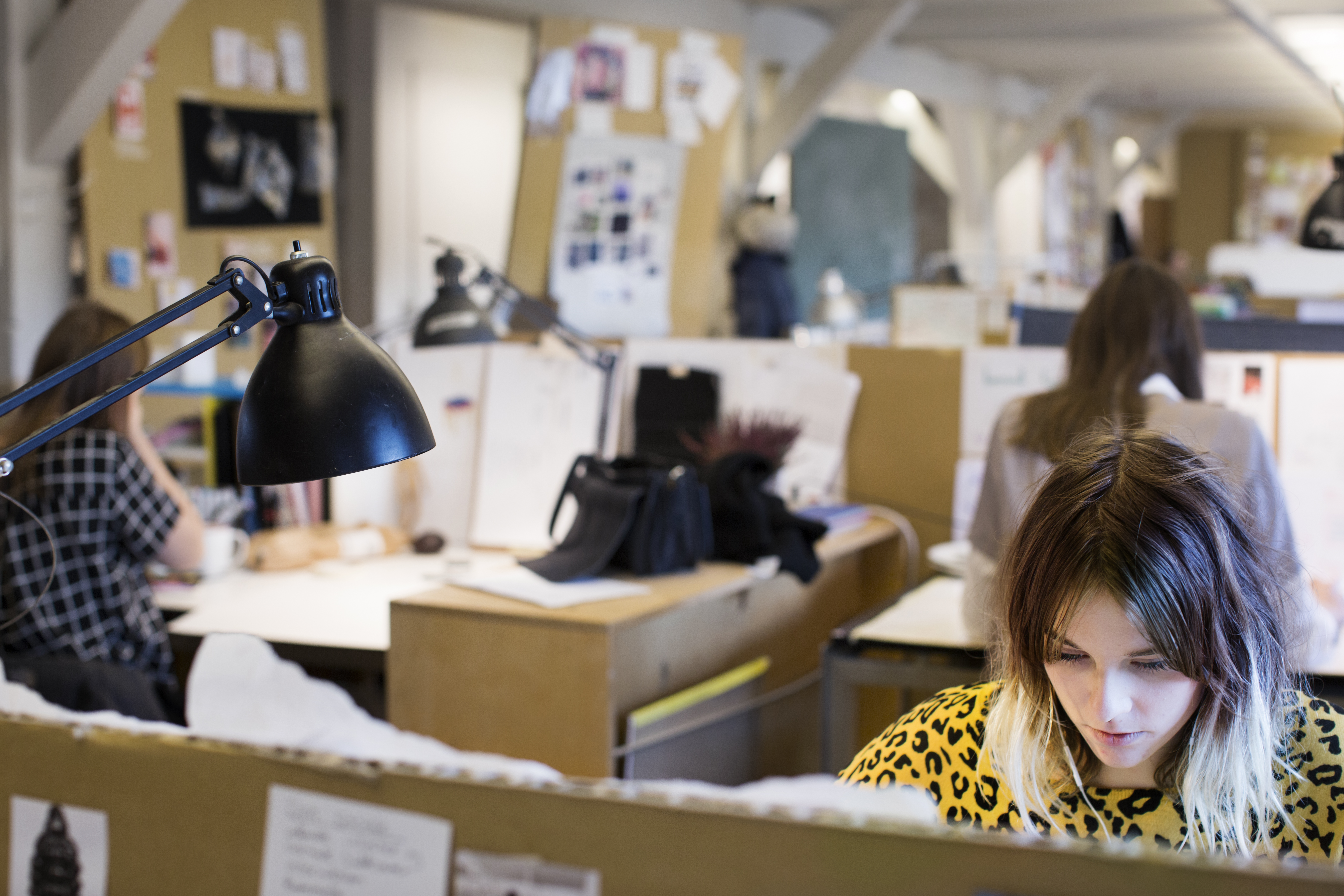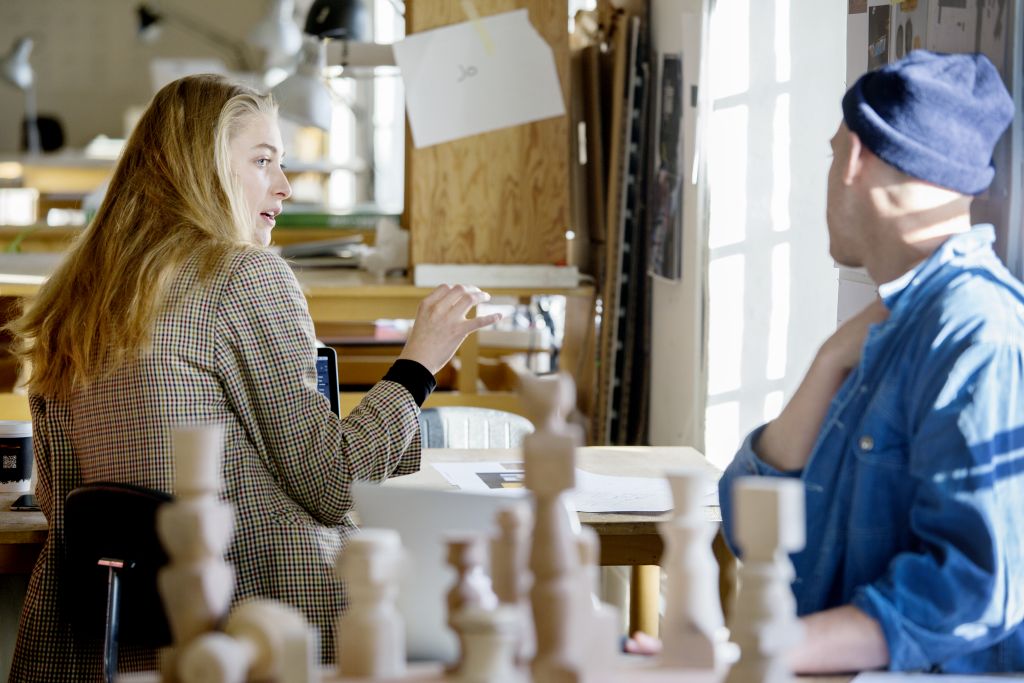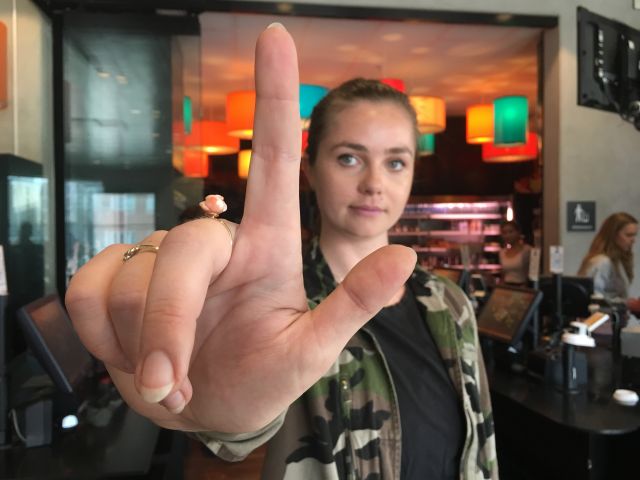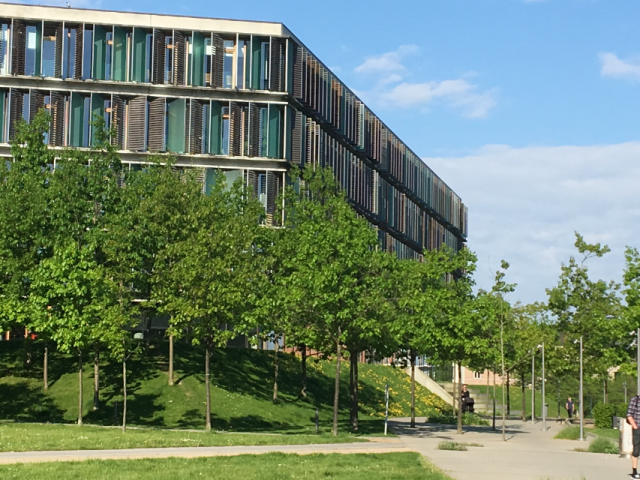CBS and KADK create unique graduate program

(Photo: Nanna Reimers)
This summer, CBS, in collaboration with KADK, launches a new graduate program. The students will work hand-in-hand on projects related to design, architecture and business. What’s the goal? Students with a whole new mindset!
For the first time ever, students from CBS and the Royal Danish Academy of Fine Arts Schools of Architecture, Design and Conservation will be completing their graduate program together. The MSc in Strategic Design and Entrepreneurship aims to give students from KADK a broader business understanding, and the program offers CBS students a chance to learn about the workings of companies focusing on design and architecture.
According to special consultant Mathilde Serup (KADK), one of the academic directors for the BSc in Strategic Design and Entrepreneurship, the new program came about partly because students from KADK voiced their desire to learn about business.
“We have listened to students who felt there was a need to connect business and entrepreneurship with architecture or design,” she says and adds that the two institutions aim to satisfy the students’ request by teaching them how to connect the entrepreneurial or business mindset with the artistic approach towards problem solving.
But what does the program have to offer students from CBS? Students who should already know about the fundamental ins and outs of business.
“The overall idea for CBS students is that they work very closely with the architect and design students. They will come to understand how designers or architects work; how they think, how they can collaborate with these creative minds and, at the end of it, produce something together,” says professor Trine Bille, CBS’ academic director for the program.
According to Mathilde Serup, the program instills a research-based education in collaborative design and teaches students to follow design process used by other professionals within the design and architecture industries.
“What happens when designers and business students collaborate? How do you maintain your own professional angle and heighten your consciousness about what competencies you bring to collaborative work? That’s the collaboration part of it,” she says and adds:
“The other aspect is the design process. What happens during a design process? Not just from a theoretical point of view, but while you’re in it. That’s where CBS students will definitely encounter new territory.”
Ahead of their peers
Trine Bille and Mathilde Serup believe that students who have completed the program will be ahead of their peers, whether it be jumping ahead on the career ladder or competing in the market with their start-up.

(Photo: Nanna Reimers)
“We hope that some of the students will seize the opportunity to work together and start their own businesses. A lot of architects and designers that come out of KADK want to start their own companies. But they need to have the right tools, methods and competencies so they don’t fail in the first few years,” says Mathilde Serup and adds:
”The aim is that some of the students will be able to start on a more strategic or tactical level in the organizations that they end up working in. Because we need graduates with another mindset. For example, if they have a mindset and are the ones in charge of ordering design and architecture solutions, then they will also be able to ask for something different. If you always ask for something that you know, not questioning the problems, then you’ll always get the same solution.”
As with any study program at CBS, students are encouraged to complete an internship during their studies. To achieve this, the academic directors have struck up an agreement with the Copenhagen School of Entrepreneurship (CSE) for those who want to start their own company, and with BLOXHUB for those who want to work closely with a design or architecture firm.
“During the second semester, students will work with projects in close collaboration with companies from BLOXHUB. This ensures that the students in this program get a small slice of reality. They’ll be able to interact with companies, understand their challenges, and learn how to cooperate with them,” says Mathilde Serup.
Trine Bille points out that students who want to partner up and start a venture have a lot to gain by joining CSE and completing their internship there.
“CSE will help them with all of the steps involved in starting a business. Those who work at CSE can help the students throughout the whole process. That’s part of the reason why they can do their internship at CSE. They can go through the whole process and finish by writing a report. At the end of it, they’ll have a decent foundation for their own company,” she says.
Two schools, two different styles of teaching
The breakdown of the curriculum for CBS and KADK are worlds apart. CBS’ curriculum is tightly packed with courses and examinations, while the programs at KADK focus more on project-based learning.
“At CBS we have a large system with many courses and exams, where everything has to fit in mainly because we are such a large university. However, at KADK they work a lot with projects and use prototyping, designs, and building models. They have a much more hands on approach and they tend to have one big exam at the end of the semester which binds together everything they have done,” says Trine Bille.
Because the two schools have such different educational systems, the two academic directors for the MSc in Strategic Design and Entrepreneurship had to hash out the best way to merge the two divergent philosophies.
“The KADK students have a whole different way of working compared to us. They juggle all their creative ideas and end up drawing conclusions much later on in the process. At CBS we work more theoretically with knowledge and methods,” says Trine Bille.
The answer to this challenge lies in the students’ ability to collaborate with each other. This will create unique project management skills and give them experience in working with creative minds.
“These are two very different ways of thinking, working and behaving. Our students and the KADK students can learn a lot from each other. When they end up getting jobs after their education in companies that work with design or architecture, they’ll have a big advantage due to their knowledge about these different processes, and they’ll be able to work with them in a constructive way,” concludes Trine Bille.



































































































































Comments